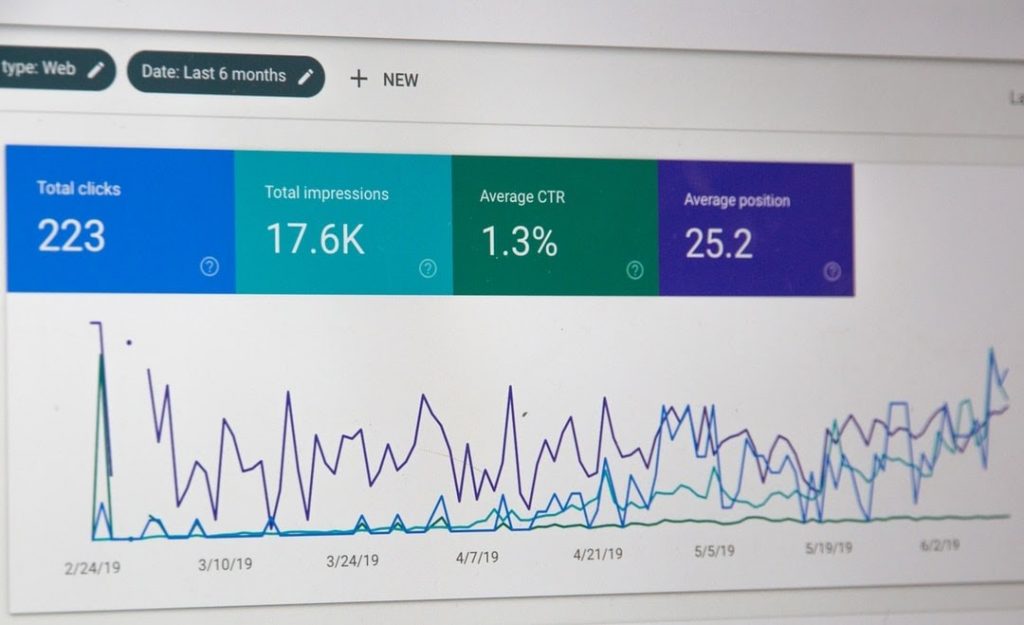Master data management (MDM) refers to the set of disciplines, processes, and technologies used to manage corporate data. Master data is a massive collection of data related to business entities or objects, such as customers, suppliers, vendors, and products, around which business is conducted. MDM provides context and can be found across various data sources such as spreadsheets and applications.
The Basics of MDM
Master Data vs Reference Data

MDM tools ensure an organization’s data is consistent and accurate. MDM solutions include the people, processes, and systems necessary to ensure master data is accurate and consistent. Many businesses glean data from KPIs such as CRM and ERPs, which leads to data silos, data duplicates, and incomplete data.
What is MDM? An MDM system is a key organizational asset that drives business processes, is evaluated by analytics, and is controlled through data governance. There are several benefits of using the right MDM software. It can lead to increased revenue growth, improved workplace productivity, an optimized supply chain, better business insights, improved customer satisfaction, and improve compliance with data governance rules.
Master data management comes from several sources. It can come from unstructured data, from transactional data such as customer data, metadata, master data, supplier data, and from product data. There are several use cases for master data management. An effective MDM strategy can lead to faster product launches, personalized marketing, supply chain efficiency, operational efficiency, brand consistency, artificial intelligence and Internet of Things (IoT) applications, and GDPR compliance.
The best MDM platform supports the main styles of master data management including centrally authored, consolidation of source systems, coexistence, and registry. It allows the ability to publish and subscribe to real-time secure data, provides data and workflow visualization, and features a user-friendly interface.
MDM Strategy 101

A combination of external and internal data is necessary to get a full view of business entities. Maintaining data security is key to a successful MDM strategy. Keeping up with compliance helps streamline MDM by providing rules for data validation and resolving data ownership.
MDM is one of the best practices for modern businesses. When data is used correctly, it can provide insights that reveal business opportunities, risks, and scalability.


